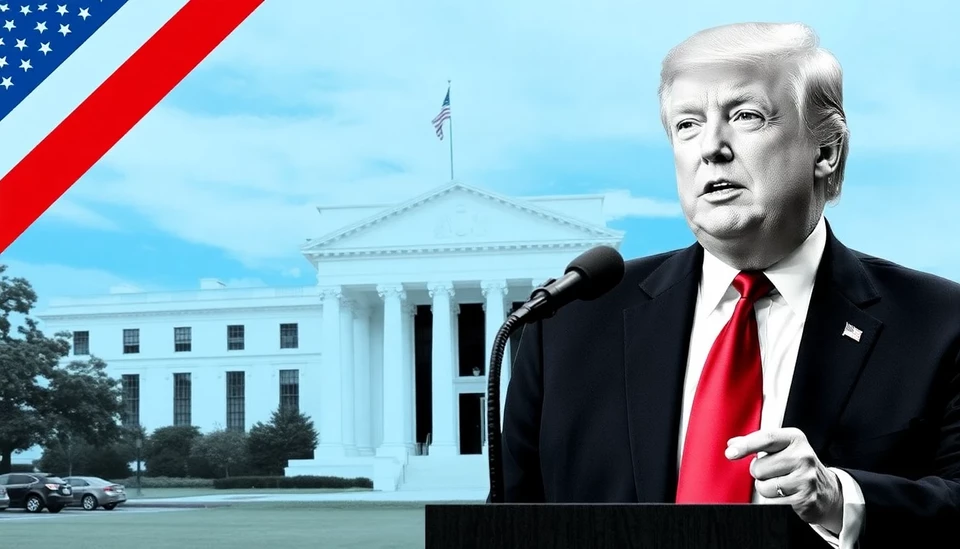
In a bold move that has captured the attention of environmentalists and policymakers alike, former President Donald Trump has unveiled his plans regarding the National Oceanic and Atmospheric Administration (NOAA). This announcement comes amidst growing concerns about climate change and the evolving role of government agencies in managing the nation's climate strategy.
Trump's strategy aims to refocus the NOAA's mission to prioritize economic growth while addressing climate variability and extreme weather events. He proposes a significant shift in the agency's approach, emphasizing the integration of private sector capabilities and innovation into NOAA's operations. This shift is designed to enhance the efficiency and effectiveness of weather prediction and climate analysis, ultimately benefiting industries such as agriculture, insurance, and disaster management.
One of the cornerstone ideas within this plan is the establishment of public-private partnerships. Trump has stressed the importance of collaborating with businesses to leverage technological advancements in climate modeling and forecasting. Such partnerships could pave the way for more accurate weather predictions and timely alerts on extreme weather events, potentially saving lives and reducing economic losses.
Another critical aspect of Trump's vision is to streamline NOAA's regulatory processes. He recognizes that excessive regulations can stifle innovation, and as such, aims to reduce bureaucratic hurdles that have historically limited the agency's responsiveness to emerging climate challenges. Proponents argue that this approach could foster a more agile NOAA, capable of adapting to the rapid pace of technological change in climate science.
However, the proposal has sparked a mixed response from various stakeholders. Critics voice concerns that too much emphasis on economic objectives may undermine the agency's commitment to scientific integrity and the fundamental principles of public safety and environmental protection. They fear that this could lead to a bias in data interpretation, prioritizing business interests over the health of ecosystems and communities vulnerable to climate impacts.
The implications of these changes could extend beyond NOAA itself. Trump’s plans signal a broader reconfiguration of how the federal government approaches climate change and disaster preparedness, possibly energizing debates on funding for climate research and infrastructure aimed at resilience-building.
As Trump continues to shape his climate agenda, all eyes will be on how these proposed changes will unfold at NOAA and the potential ramifications they may have across the United States. Stakeholders are keenly awaiting further details on the implementation and practical aspects of this proposed overhaul, which promises to set a new course for the agency amid the complex dynamics of weather and climate management.
With the future of NOAA at a potential turning point, one question looms larger than ever: how will these changes affect the fundamental ways we understand and respond to one of the most pressing challenges of our time—climate change?
#Trump #NOAA #ClimateChange #WeatherForecasting #PublicPrivatePartnerships #EnvironmentalPolicy
Author: Megan Clarke




